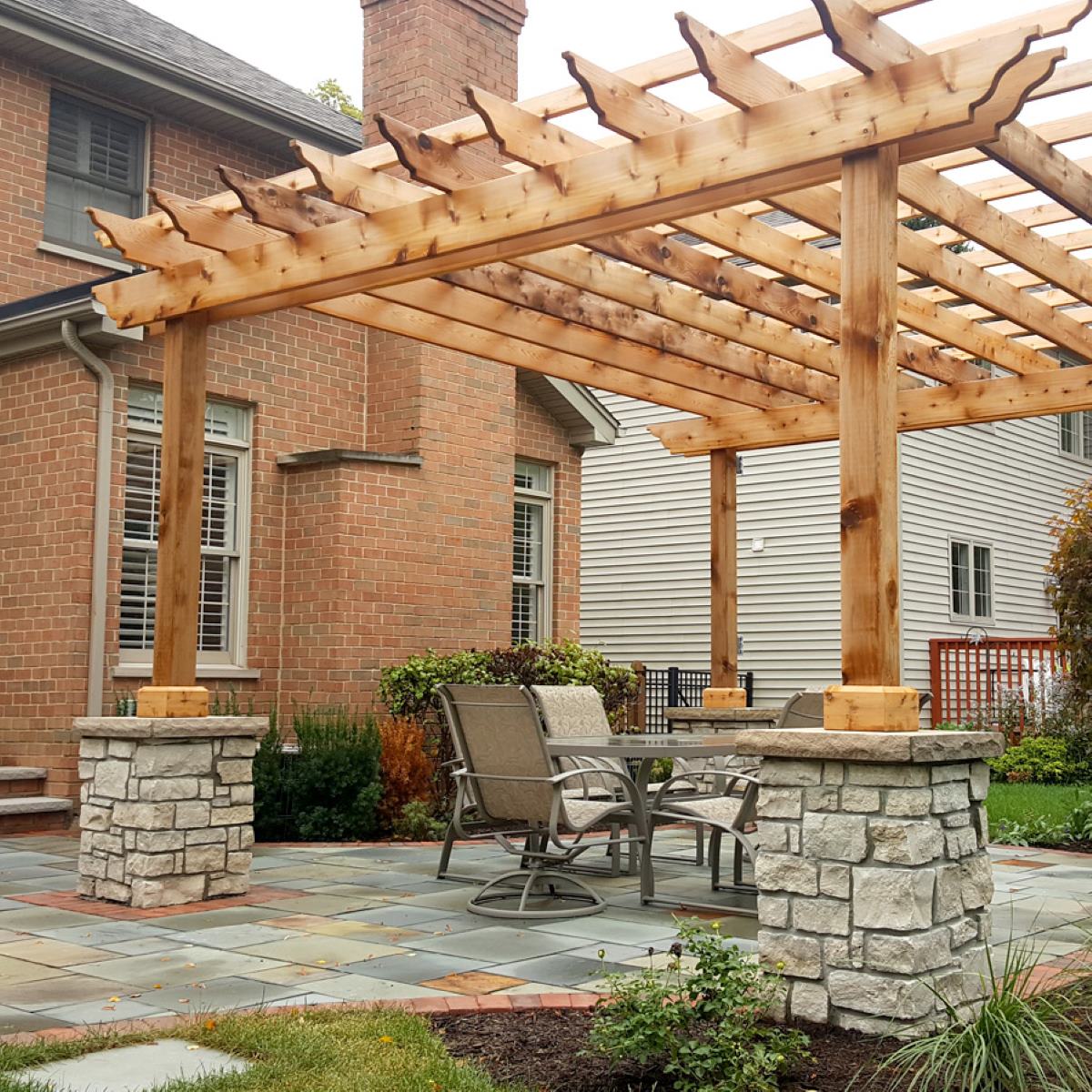

Articles
Pergolas, Arbors & Trellises
Modified: August 27, 2024
Discover a collection of informative and insightful articles about pergolas, arbors, and trellises. Enhance your outdoor space with expert tips and design ideas.
(Many of the links in this article redirect to a specific reviewed product. Your purchase of these products through affiliate links helps to generate commission for Storables.com, at no extra cost. Learn more)
Introduction
Pergolas, arbors, and trellises are not just ordinary garden structures; they are architectural statements that can transform any outdoor space. These intricate designs crafted from various materials bring a touch of elegance, functionality, and natural beauty. Whether you have a sprawling backyard or a small patio, adding a pergola, arbor, or trellis can enhance the aesthetics and functionality of your outdoor area.
But what exactly are pergolas, arbors, and trellises, and how do they differ from one another? Let’s delve into their definitions and purposes to gain a comprehensive understanding.
Read more: What Is A Pergola For?
Pergolas
Pergolas are outdoor structures that consist of vertical columns or posts supporting open-beam rafters. These columns can be attached to your home or installed as freestanding structures in your backyard. Pergolas are designed to create a partially shaded area, providing relief from the sun while still allowing some sunlight to filter through the open roof. They can be rectangular or square in shape, and their size can vary depending on the available space.
Arbors
Arbors, also known as arches, are smaller and more decorative structures compared to pergolas. They typically consist of an arch-shaped framework with a lattice or trellis incorporated into the design. Arbors are commonly used to create an entryway to a garden or as a decorative accent within the landscape. They can be adorned with climbing plants and flowers to add a whimsical touch to your outdoor space. Arbors are often placed at the entrance of a pathway or near a fence to create a focal point.
Trellises
Trellises are frameworks made of intersecting pieces of wood or metal. They are specifically designed to provide support for climbing plants, allowing them to grow vertically. Trellises can be freestanding structures or attached to walls or fences. They are incredibly versatile and can be used to create a living privacy screen, divide spaces, or add visual interest to bare walls. Trellises can be customized in various shapes and sizes, depending on your gardening needs and the available space.
Now that we have explored the definitions of pergolas, arbors, and trellises, let’s move on to discuss their design and construction. Understanding the different styles and materials used in their construction can help you choose the structure that best fits your outdoor space and personal preferences.
Key Takeaways:
- Pergolas, arbors, and trellises are more than just outdoor structures; they are versatile architectural elements that provide shade, enhance aesthetics, and support plant growth, making them valuable additions to any outdoor space.
- From creating a comfortable outdoor oasis to adding a touch of charm and elegance, these structures offer a multitude of benefits. With proper maintenance and care, they can transform any outdoor area into a haven of beauty and relaxation.
Definition and Purpose
Read more: What Is A Pergola For?
Pergolas
Pergolas are outdoor structures that consist of vertical columns or posts supporting open-beam rafters. They often have a lattice or trellis roof, providing partial shade and allowing sunlight and a gentle breeze to filter through. Pergolas can be customized to fit various sizes and shapes, making them suitable for both large and small outdoor spaces.
The purpose of a pergola extends beyond providing shade. It serves as an architectural feature that adds definition to your outdoor area. Pergolas can create a sense of enclosure, making the space feel more intimate and inviting. They can be utilized as an extension of your living space, providing an outdoor room for relaxation and entertainment. You can furnish a pergola with comfortable seating, tables, and even an outdoor kitchen to create an outdoor oasis.
Arbors
Arbors, also known as arches, are smaller structures that serve as decorative elements in gardens and outdoor spaces. They typically feature an arched framework, often adorned with intricate designs or a lattice pattern. Arbors are commonly placed at entrances, creating a stunning gateway or focal point in the garden.
One of the main purposes of an arbor is to guide and define the flow of movement throughout the outdoor space. It can be strategically placed along a garden path, creating a captivating walkway and adding a sense of charm and elegance to the landscape. Additionally, arbors provide support for climbing plants and vines, allowing them to weave their way through the structure and create a breathtaking vertical display of foliage and flowers.
Trellises
Trellises are frameworks made of intersecting pieces of wood, metal, or other materials. They are designed to provide support for climbing plants, allowing them to grow vertically and create a stunning visual display. Trellises come in various shapes and sizes, offering endless possibilities for adding height and character to your garden.
The primary purpose of a trellis is plant support. By training plants to climb along the trellis, you can maximize your garden space and create a lush green backdrop. Trellises can also be used to create living privacy screens, block unsightly views, or divide different areas of your outdoor space. They are versatile and can be placed against walls, fences, or used as freestanding structures to add a touch of beauty and functionality to any garden or patio.
Now that you have a better understanding of the definition and purpose of pergolas, arbors, and trellises, let’s explore the design and construction aspects of these structures.
Design and Construction
Read more: What Is A Pergola For?
Pergolas
Pergolas offer endless design possibilities to suit your personal style and the aesthetic of your outdoor space. The design of a pergola typically involves vertical columns or posts supporting open-beam rafters. These columns can be made of wood, metal, or even vinyl. The open-roof design can incorporate a variety of patterns, including a lattice or trellis structure. Pergolas can be freestanding or attached to an existing structure, such as a house or a deck.
When it comes to construction, the choice of materials plays a crucial role. Wood is a popular choice due to its natural appeal, versatility, and ability to be stained or painted to match your preferred color scheme. Cedar or redwood are commonly used for their durability and resistance to decay and rot. Metal options like wrought iron or aluminum offer a more modern and sleek look, while vinyl provides low-maintenance and longevity.
Arbors
The design of arbors often features an arch-shaped framework, which can be made of wood, metal, or vinyl. This framework can be intricately carved or simply crafted, depending on your desired style. Arbors can have a lattice or trellis pattern incorporated into the sides or top, allowing climbing plants to intertwine and create a captivating display.
Construction of arbors typically involves setting the vertical posts into the ground, ensuring stability. Wood is a common choice for arbors due to its versatile nature and ability to be customized. Cedar and redwood are popular choices for their durability and natural resistance to decay. Metal arbors, such as wrought iron or aluminum, offer a more elegant and contemporary look, while vinyl requires minimal upkeep and can withstand various weather conditions.
Trellises
Trellises come in a wide range of designs and sizes. The construction of a trellis involves a framework of intersecting wooden or metal slats or bars. The design can be simple or intricate, depending on your preferences. Trellises can be freestanding or attached to existing structures like walls or fences.
The choice of materials for trellises is crucial for their durability and functionality. Wood is a popular option, as it blends well with the natural surroundings and can be easily customized. Cedar and redwood are favored for their resistance to decay and insect damage. Metal trellises, such as wrought iron or aluminum, provide a modern and durable option. Vinyl trellises offer a low-maintenance choice that can withstand weather exposure without rotting or peeling.
Now that we have explored the design and construction aspects of pergolas, arbors, and trellises, let’s move on to discuss the different materials commonly used in their construction.
Materials
When it comes to constructing pergolas, arbors, and trellises, the choice of materials is a crucial factor in determining their durability, aesthetic appeal, and maintenance requirements. Let’s explore the common materials used for these structures: wood, metal, and vinyl.
Read more: How To Paint A Pergola
Wood
Wood is a timeless material that adds warmth, natural beauty, and versatility to outdoor structures. It is a popular choice for pergolas, arbors, and trellises due to its ability to blend seamlessly with the surrounding landscape. Cedar and redwood are commonly used for their resistance to rot, decay, and insect damage. These types of wood also have natural oils that enhance their durability and weather resistance.
One of the advantages of wood is its ability to be customized, allowing for intricate designs and unique details. It can be stained or painted to match your desired color scheme, providing endless options for personalization. Wood structures can create a rustic and inviting ambiance in your outdoor space, especially when combined with climbing plants and vines.
Metal
Metal materials, such as wrought iron or aluminum, offer a more modern and sleek aesthetic to pergolas, arbors, and trellises. Metal structures are known for their durability, strength, and resistance to harsh weather conditions. Wrought iron, in particular, adds an elegant and ornamental touch to outdoor spaces.
Metal materials require less maintenance compared to wood and are less prone to decay, rot, and insect damage. They can withstand elements like rain, wind, and sunlight without fading or deteriorating. Metal structures can be powder-coated or painted to match your desired color scheme, offering flexibility in design options.
Vinyl
Vinyl is a synthetic material that is becoming increasingly popular for outdoor structures due to its low maintenance and long-lasting properties. Vinyl pergolas, arbors, and trellises require minimal upkeep and are resistant to cracking, rotting, and warping. They are also highly resistant to pests and will not require the same level of regular painting or staining as wood or metal.
Vinyl structures are available in a variety of designs and colors, making it easy to find a style that fits your outdoor aesthetic. They often come with built-in UV protection, ensuring that the color and structural integrity remain intact even under prolonged sun exposure. Vinyl structures offer a clean and contemporary look to any outdoor space.
Now that we have explored the various materials used in constructing pergolas, arbors, and trellises, let’s move on to discuss installation and placement considerations for these structures.
Installation and Placement
Read more: What Is A Pergola For?
Pergolas
When it comes to installing a pergola, there are a few factors to consider. If you are attaching the pergola to an existing structure, such as a house or a deck, ensure that it is securely anchored to provide stability. Freestanding pergolas require the placement of supporting posts into the ground, ensuring they are properly anchored and level. It is essential to follow manufacturer guidelines and consult with a professional if needed to ensure a safe and secure installation.
The placement of a pergola depends on the purpose you want it to serve. If you’re looking to create a separate outdoor living space, consider placing it away from the house to create a more distinct area. If shade is a primary goal, position the pergola in a location that maximizes coverage during the sunniest parts of the day, while still allowing for natural light and airflow. Keep in mind the surrounding landscape and consider how it will complement the overall design and functionality of the space.
Arbors
Installing an arbor typically involves setting the vertical posts into the ground, ensuring they are secure and level. It is essential to dig the appropriate depth to provide stability. Freestanding arbors require extra care to ensure they can withstand outdoor elements like wind and rain.
When it comes to placement, arbors can create a beautiful entryway to your garden or serve as a focal point within the landscape. Place them at the entrance of a garden path, allowing them to beckon visitors into the lush surroundings. If you have a fence or wall, consider placing an arbor against it to create visual interest and serve as a climbing structure for plants. Carefully think about where the arbor will have the most impact and enhance the overall design of your outdoor space.
Trellises
Trellises can be either freestanding or attached to a structure like a fence or wall. Freestanding trellises require proper anchoring to ensure stability, while attached trellises need to be securely fastened to the supporting structure.
Placement of trellises depends on their purpose. For plant support, position trellises in areas where climbing plants can receive adequate sunlight while offering privacy and visual interest. Along fences, trellises can create a living privacy screen, blocking unsightly views. Against walls, trellises can add texture and depth to otherwise plain surfaces. Consider the orientation of the sun, the existing landscape, and the desired visual impact when deciding on the placement of trellises.
Remember to check local building codes and regulations when installing these structures, as there may be specific requirements to comply with. Additionally, consulting with professionals or experienced contractors can help ensure proper installation and placement of pergolas, arbors, and trellises.
Now that we have discussed the installation and placement considerations, let’s move on to explore the various benefits and uses of these structures.
Benefits and Uses
Read more: How To Decorate A Pergola
Shade and Protection
One of the primary benefits of pergolas, arbors, and trellises is their ability to provide shade and protection from the elements. Pergolas with a lattice or trellis roof offer partial shade, allowing you to enjoy the outdoors while still being shielded from direct sunlight. This creates a comfortable space for relaxation, outdoor dining, or entertaining guests. Arbors, with their overhead arches and lattice sides, can also provide a bit of shade and protection from the sun. Additionally, trellises can be strategically placed to create shade and privacy by growing climbing plants along them, providing a natural canopy.
Architectural Enhancement
Adding a pergola, arbor, or trellis to your outdoor space can instantly enhance its architectural appeal. These structures act as design elements that bring beauty and style to any landscape. Pergolas, with their open roof and vertical columns, create a sense of elegance and grandeur. Arbors, with their graceful arches, create a charming and welcoming entrance to gardens or paths. Trellises, with their intricate frameworks, add an artistic touch and instantly elevate the aesthetics of walls, fences, or empty spaces. These structures act as focal points, drawing the eye and adding visual interest to your outdoor areas.
Plant Support and Growth
Pergolas, arbors, and trellises provide a means of supporting the growth of climbing plants and vines. The lattice or trellis designs of these structures offer the perfect framework for plants to weave through and create a lush green canopy. By training plants to grow vertically along these structures, you can maximize your garden space and create a stunning display of foliage and blooms. The plants not only add beauty and softness, but they also provide an additional layer of privacy and create a sense of intimacy within your outdoor space.
Furthermore, these structures offer a solution for gardeners with limited space. By utilizing vertical growth with the help of pergolas, arbors, or trellises, you can grow a greater variety of plants in a smaller footprint. This is particularly beneficial for those residing in urban areas or with compact gardens.
Whether you seek shade and protection, architectural enhancement, or support for plant growth, pergolas, arbors, and trellises are versatile outdoor structures that can fulfill a range of needs. Their beauty, functionality, and ability to transform any outdoor space make them an excellent addition to gardens, patios, or any outdoor area.
Now that we have explored the benefits and uses of these structures, let’s move on to discuss the maintenance and care required to keep pergolas, arbors, and trellises in top shape.
Maintenance and Care
Read more: What Is A Pergola For?
Pergolas
Pergolas require regular maintenance to keep them looking their best and to ensure they remain structurally sound. Here are some key maintenance tasks:
- Inspect the wood for signs of rot or damage. Replace any damaged or rotten sections promptly.
- Clean the pergola regularly to remove dirt, debris, and mildew. Use a gentle cleaning solution and a soft brush or sponge.
- Seal or stain the wood periodically to protect it from UV rays and moisture. This will help maintain its natural beauty and extend its lifespan.
- Check the hardware and connections to ensure everything is secure. Tighten any loose screws or bolts as necessary.
- Trim back any nearby trees or plants that could cause damage to the pergola or hinder its stability.
Arbors
Arbors, like pergolas, require regular maintenance to preserve their appearance and structural integrity. Here are some maintenance tips for arbors:
- Inspect the wood or metal for signs of damage or deterioration. Repair or replace any damaged sections promptly.
- Clean the arbor regularly to remove dirt, dust, and debris. Use a mild soap solution and a soft brush or cloth.
- If your arbor has climbing plants, prune them regularly to maintain a tidy appearance and prevent them from overwhelming and damaging the structure.
- Apply a protective coat of paint or stain to seal the wood or protect the metal, ensuring its longevity and beauty.
- Check the anchoring or attachment of the arbor to ensure that it remains secure and stable.
Trellises
Trellises require some maintenance to keep them in good condition and provide optimal support for climbing plants. Here are some maintenance guidelines for trellises:
- Inspect the wood or metal regularly for any signs of damage, such as warping, cracks, or rust. Replace or repair any compromised areas promptly.
- Clean the trellis periodically to remove dirt and plant debris. Use a soft brush or sponge to gently scrub the surface.
- If your trellis supports climbing plants, trim and train the plants regularly to prevent them from overwhelming the trellis and causing damage.
- Consider applying a protective sealant or paint to the wood or metal to extend its lifespan and enhance its appearance.
- Check the stability of the trellis, especially if it is freestanding. Ensure that it remains firmly anchored to the ground or supporting structure.
Maintenance tasks may vary depending on the material and design of your pergola, arbor, or trellis. It is important to regularly inspect, clean, and perform any necessary repairs to ensure these structures remain safe, visually appealing, and functional for years to come.
Now that we have discussed the maintenance and care required, let’s conclude our exploration of pergolas, arbors, and trellises.
Conclusion
Pergolas, arbors, and trellises are more than just functional outdoor structures – they are architectural elements that can transform your outdoor space into a stunning oasis. With their unique designs, versatility, and wide range of benefits, they make the perfect addition to any garden, patio, or yard.
From providing shade and protection to enhancing the aesthetic appeal of your outdoor area, these structures offer a multitude of benefits. Pergolas create a comfortable and inviting space for relaxation or entertainment, while arbors add a touch of charm and elegance to garden entrances or pathways. Trellises offer plant support and vertical growth options, maximizing your garden space and adding visual interest to walls and fences.
When it comes to materials, wood lends a timeless and natural appeal, while metal provides a modern and sleek look. Vinyl offers low maintenance and durability, ensuring your structures withstand the test of time and weather exposure.
Installation and placement considerations are important when adding these structures to your outdoor space. Whether attached or freestanding, proper installation ensures stability and safety. Consider the purpose of the structure and its relationship to the surrounding environment when deciding on its placement.
Maintenance and care are essential to preserve the beauty and functionality of pergolas, arbors, and trellises. Regular inspections, cleaning, and repairs, along with sealing or painting, will keep these structures in top shape, ensuring their longevity and continued enjoyment.
In conclusion, pergolas, arbors, and trellises are versatile and captivating additions to any outdoor space. Their ability to provide shade, architectural enhancement, and plant support make them valuable assets in creating a beautiful and functional outdoor area. So, whether you dream of a shaded retreat, a stunning garden entrance, or a flourishing vertical display, consider incorporating these structures into your outdoor design.
Now that you have a comprehensive understanding of pergolas, arbors, and trellises, you can embark on the journey of transforming your outdoor space into a haven of beauty, relaxation, and natural splendor.
Ready to transform your outdoor area into something truly special? Dive into our latest articles where you'll find tips on selecting the perfect garden structures to create a cozy backyard retreat. Or, learn how to dress up your deck with outdoor living essentials for a vibrant, welcoming space. Don't let the sun drive you inside; discover patio shade solutions that will keep your outdoor gatherings cool and comfortable well into 2024.
Frequently Asked Questions about Pergolas, Arbors & Trellises
Was this page helpful?
At Storables.com, we guarantee accurate and reliable information. Our content, validated by Expert Board Contributors, is crafted following stringent Editorial Policies. We're committed to providing you with well-researched, expert-backed insights for all your informational needs.
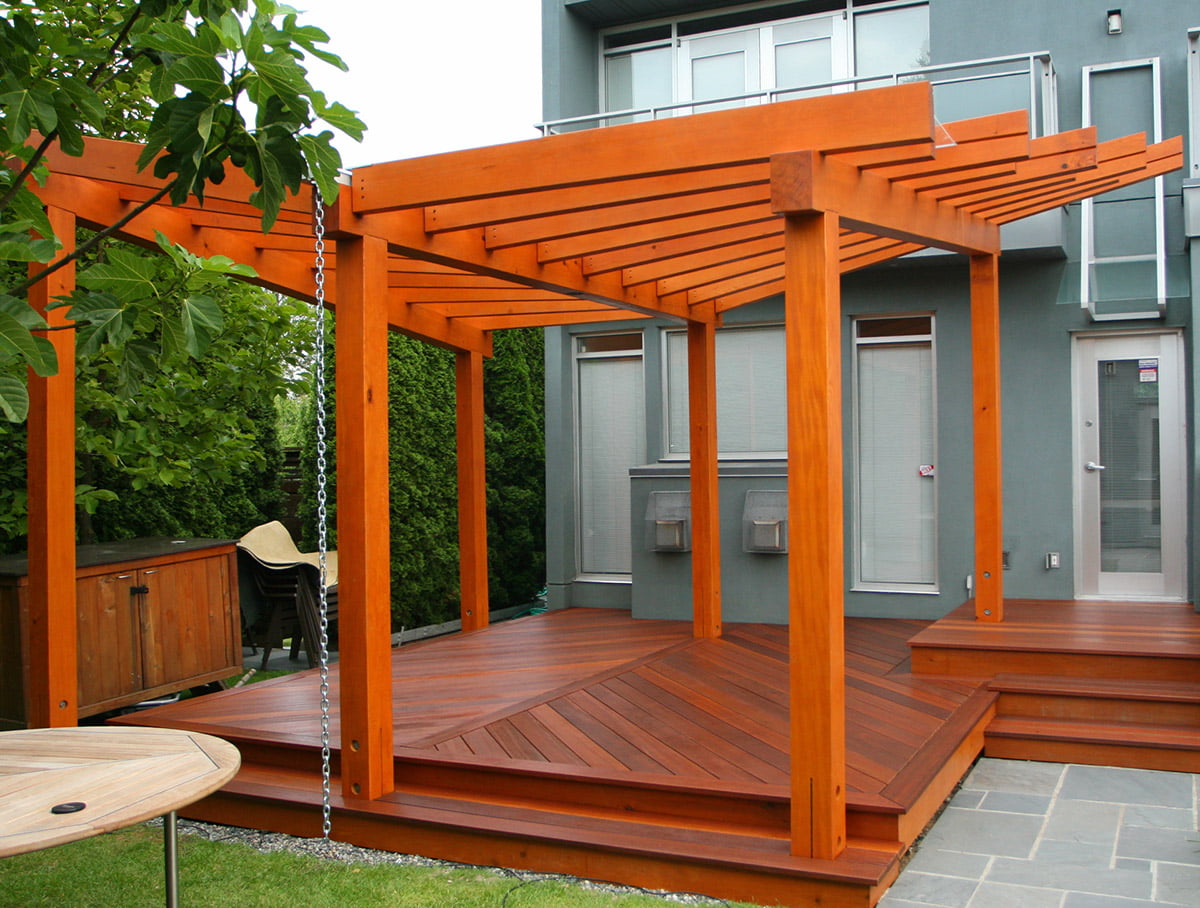
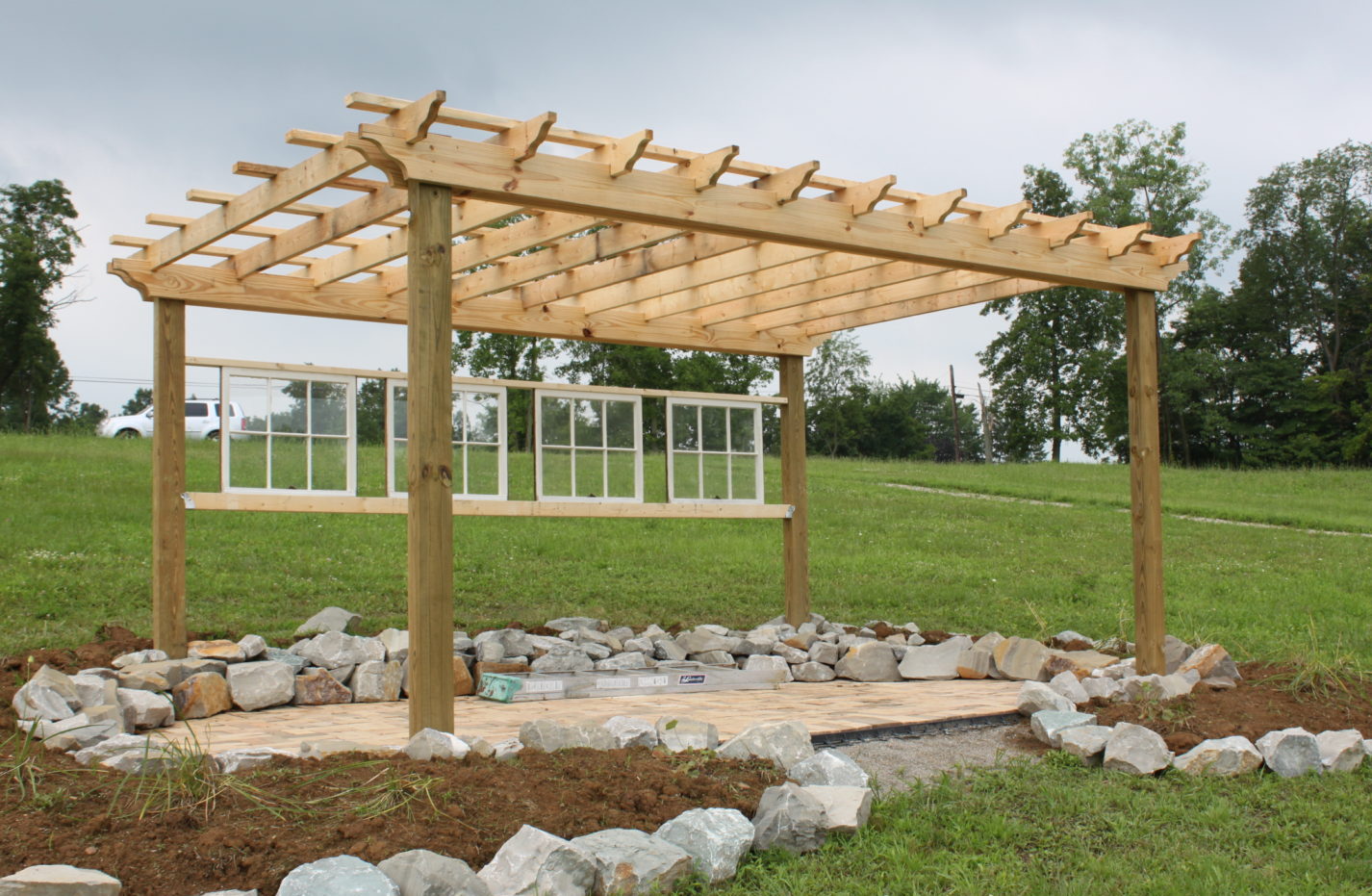
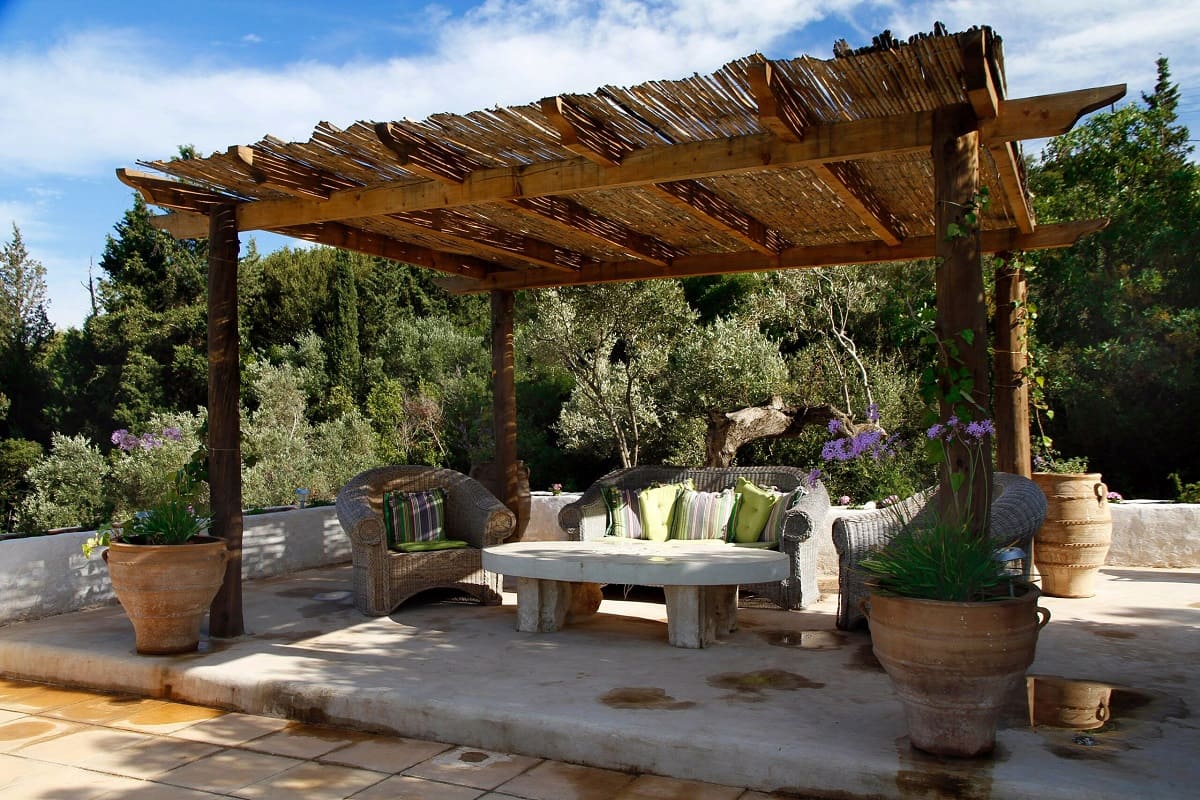
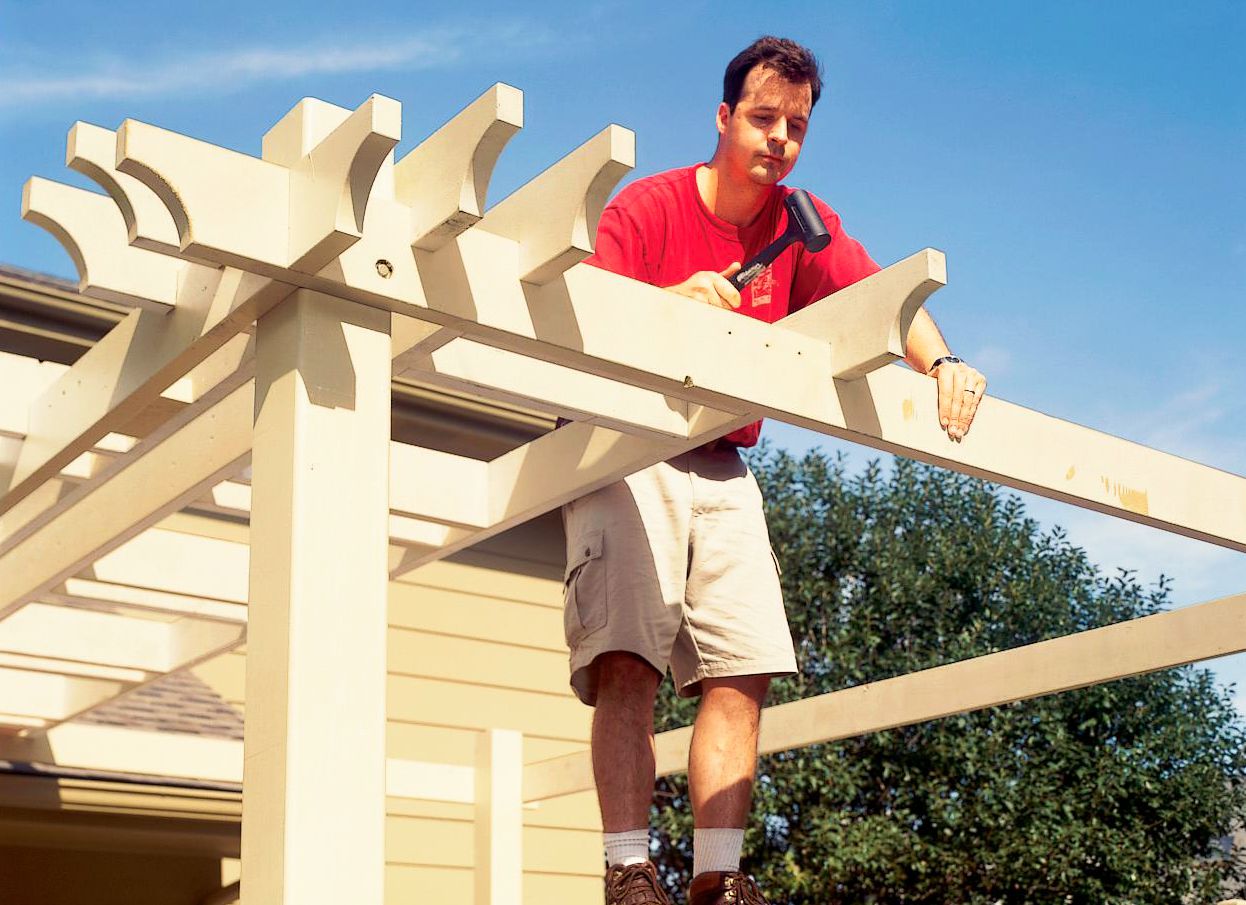
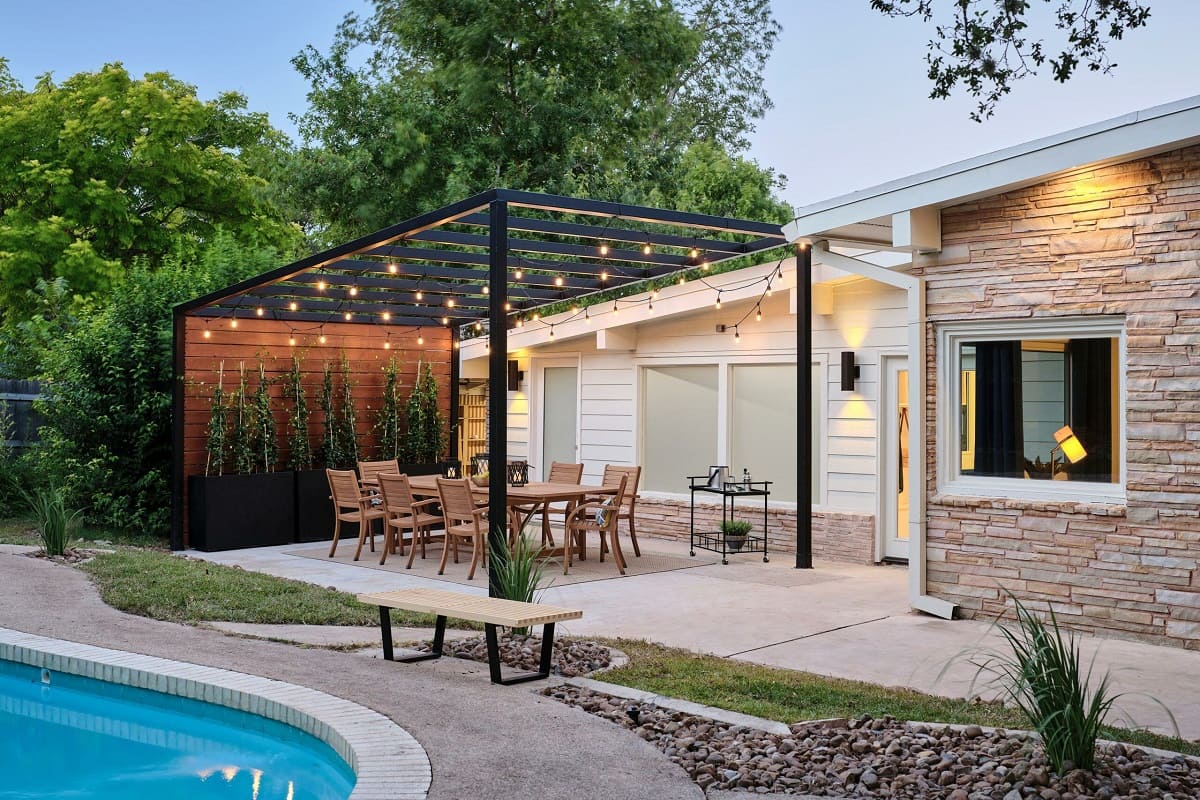
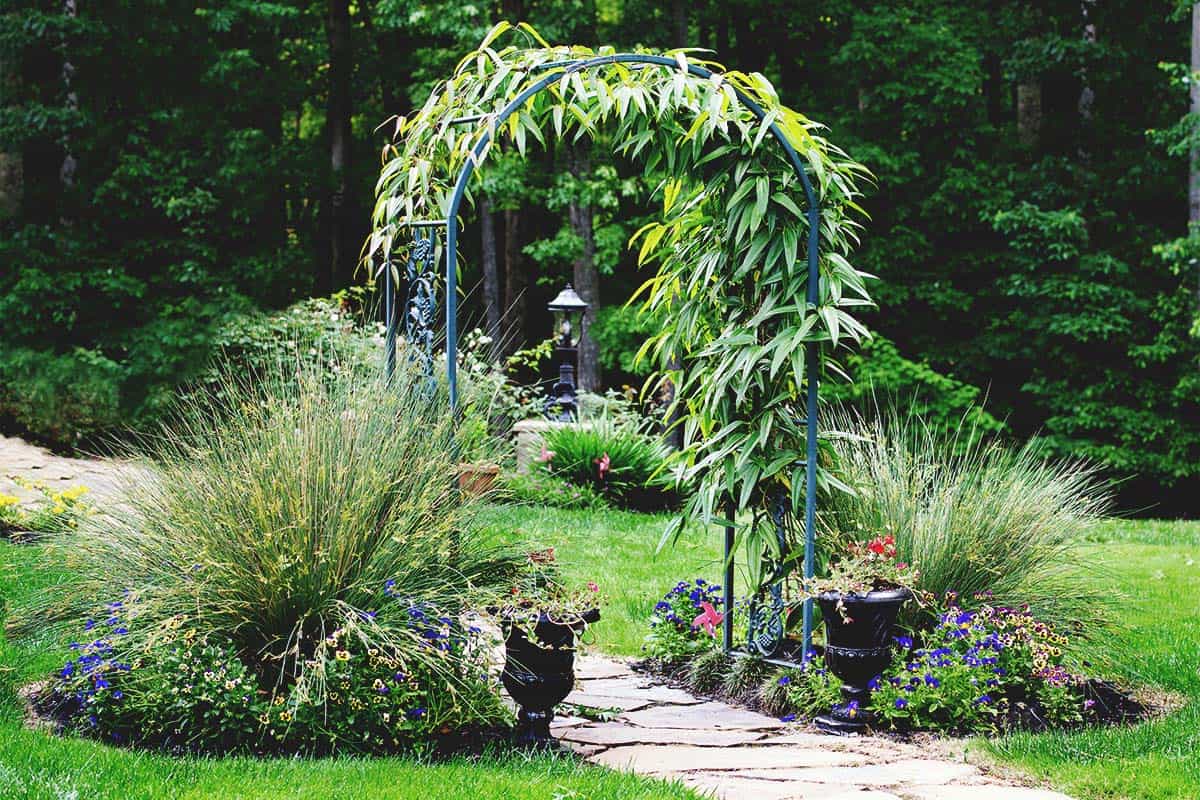
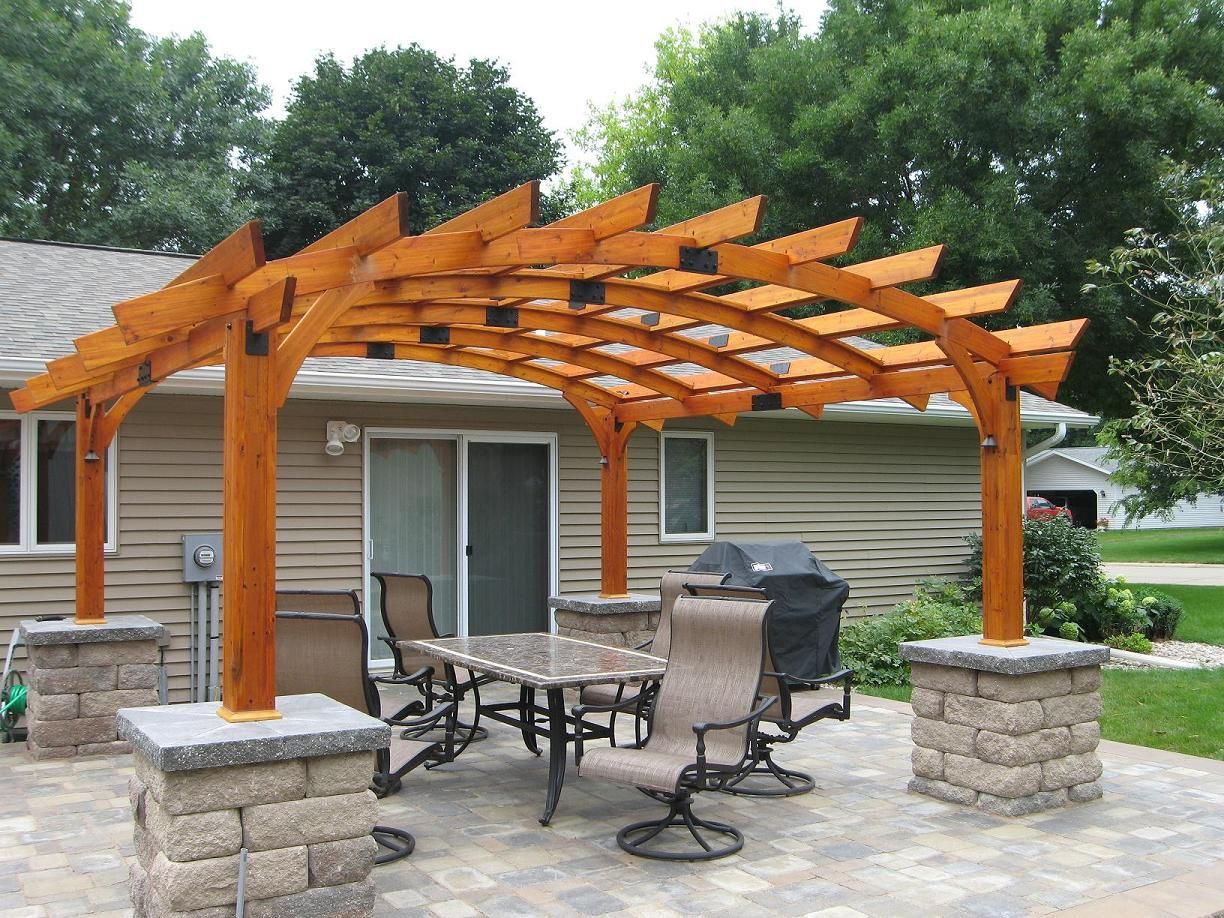
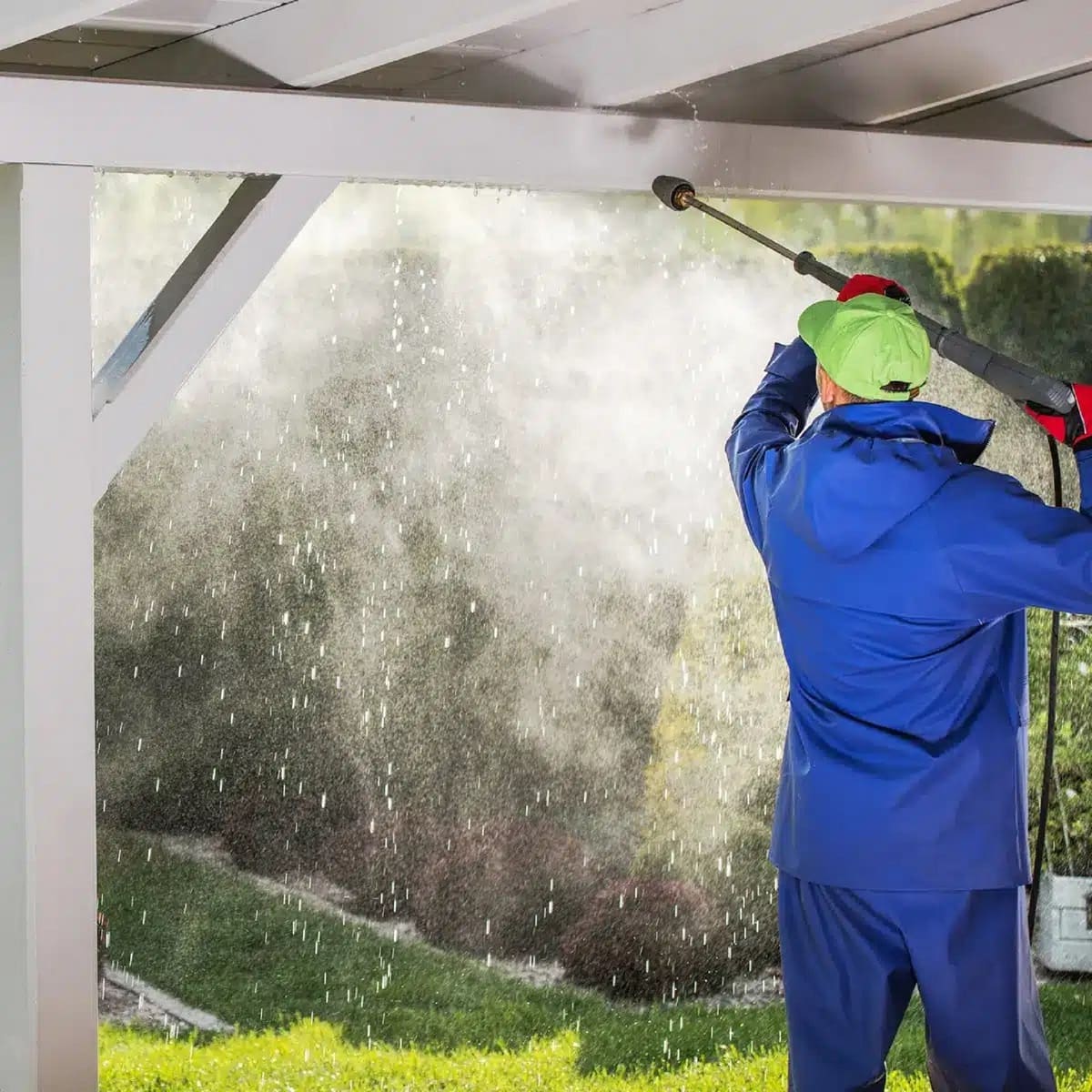
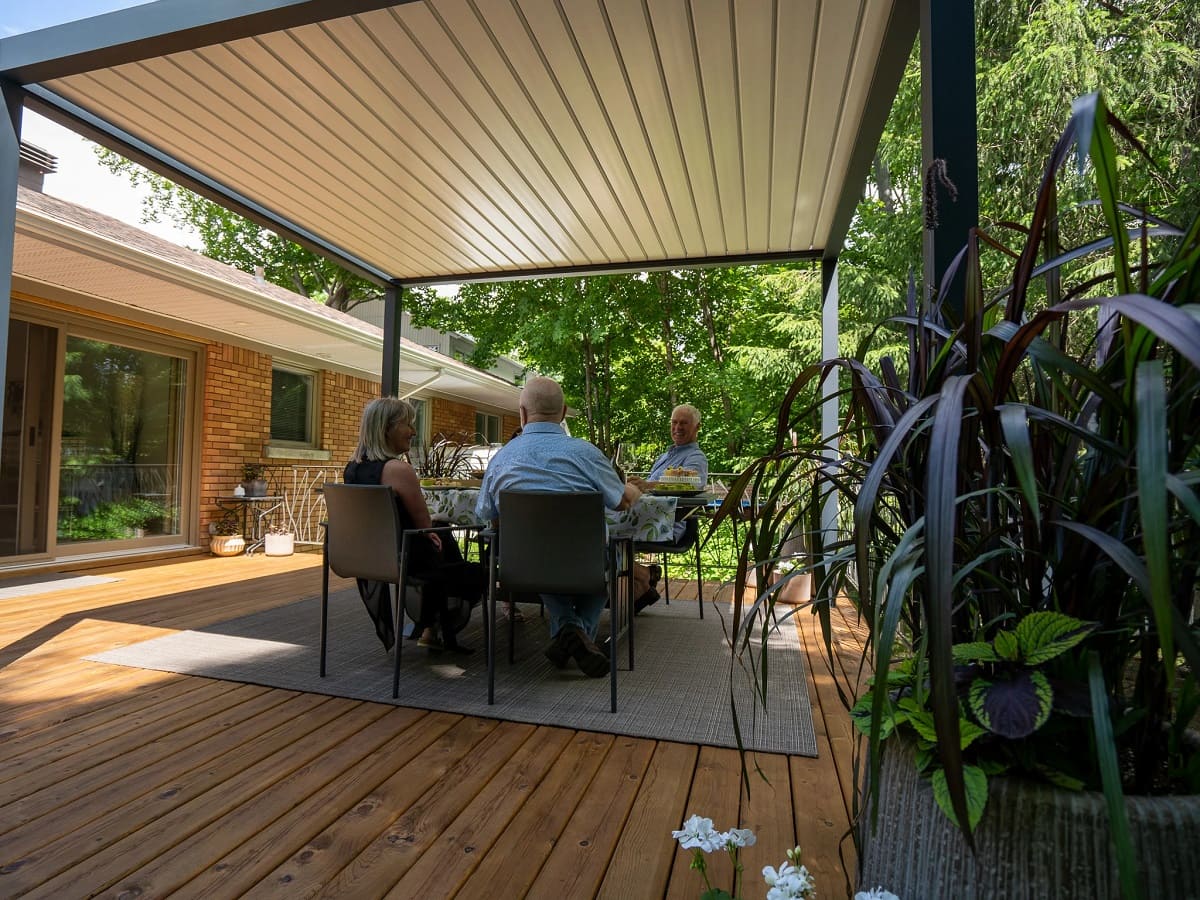

0 thoughts on “Pergolas, Arbors & Trellises”